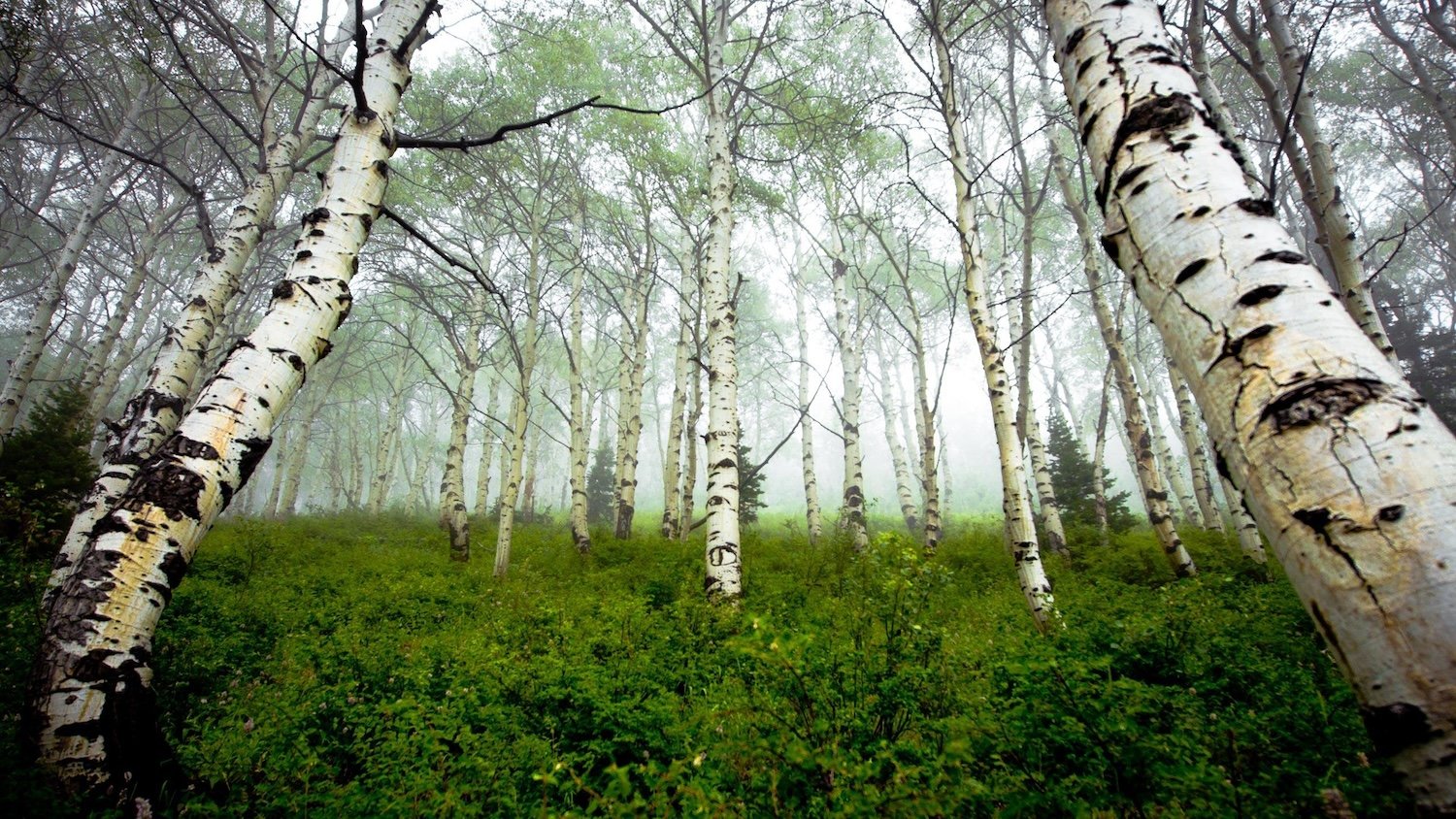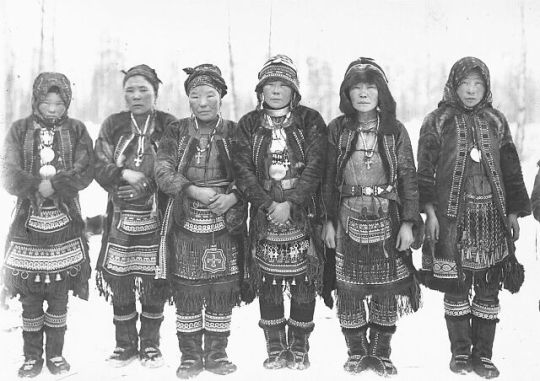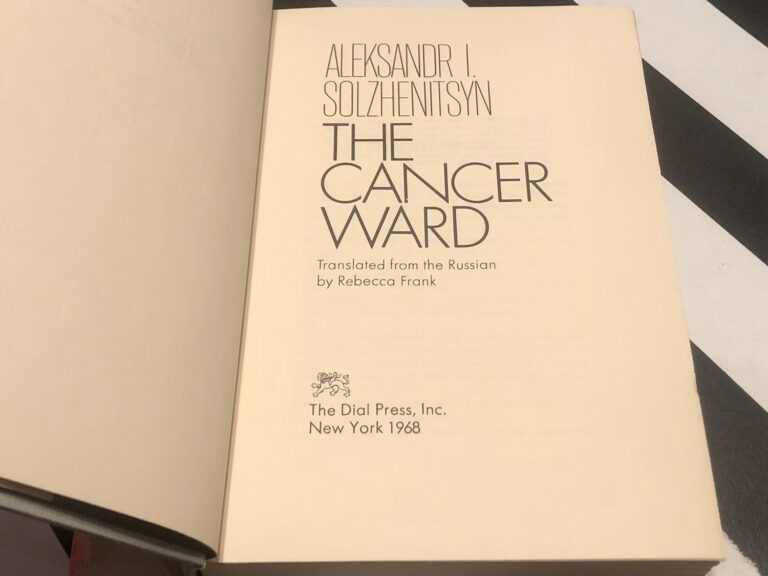Your Cart
Your Cart is currently empty.

The Chaga mushroom, a peculiar and unassuming fungus, has journeyed from the depths of Siberian forests to the shelves of Western health stores, earning a reputation as a wellness powerhouse. With its gnarly, charcoal-like appearance, it is easy to overlook this fungi growing on birch trees. Yet, its rich history and remarkable health benefits have made it a cornerstone in traditional medicine and a growing trend in the modern wellness industry.

Chaga’s story begins in the forests of Siberia, where indigenous people, especially in Russia, have used the mushroom for centuries. The Khanty people, a nomadic group from western Siberia, were among the first to recognize its value. For them, Chaga was not just an occasional health remedy—it was a daily staple used to brew tea, applied to skin wounds, and even chewed for dental issues.
The early scientific study of Chaga dates back to the 16th century, where it appeared in Russian and Polish herbal records. Herbalists praised Chaga for its ability to bolster immunity and promote longevity. Its use wasn’t just folk wisdom; Russian herbalists, including those in the court of Tsar Ivan the Terrible, were fascinated by Chaga’s purported health properties.

Chaga’s entrance into Western consciousness, however, didn’t happen until much later. Soviet-era researchers played a pivotal role in this transition. In the 1950s and 1960s, as the Soviet Union sought ways to improve public health, scientists turned to natural remedies. Chaga became one of the most studied mushrooms, particularly for its potential anti-inflammatory and antioxidant properties.
In Cancer Ward (1967), Nobel laureate Aleksandr Solzhenitsyn wrote about a character who uses Chaga to battle cancer, helping introduce the mushroom to a broader audience. Solzhenitsyn’s account, though fictional, was grounded in real-life experiences from his own bout with cancer. His depiction stirred intrigue in the West, and though Chaga was not officially recognized as a treatment, the cultural exposure was significant.
One prominent study conducted by Soviet researchers found that Chaga had strong anti-inflammatory properties, which supported its traditional use in treating digestive issues and other ailments. It was during this time that Chaga was recognized for its high concentration of antioxidants, primarily betulinic acid, which comes from the birch trees it grows on. This unique relationship with birch trees gives Chaga its potent health-boosting properties.

Chaga began gaining traction in the West in the late 20th and early 21st centuries, as the natural health and wellness movement grew. The mushroom found its way into alternative medicine circles, especially among those seeking adaptogens—natural substances thought to help the body adapt to stress and maintain balance.
Dr. Andrew Weil, a prominent American physician and advocate for integrative medicine, was among the first Western health experts to highlight Chaga’s potential. In one of his early writings, he remarked,
Chaga is the most powerful of the mushrooms for fighting inflammation. Its medicinal value lies in its ability to regulate the immune system.
As demand for natural health products surged, Chaga found its place in the wellness market. It was sold as a powder, extract, tea, and supplement. Modern scientific studies began to back up traditional claims, showing that Chaga contained a wealth of bioactive compounds, including polysaccharides, triterpenes, and melanin, which may support the immune system, improve digestion, and promote healthy aging.
Chaga’s rise in North America can be attributed to several factors. First, the mushroom was marketed as an adaptogen, aligning it with other popular natural remedies like ginseng and ashwagandha. The growing interest in ancient remedies from various cultures also helped. Chaga was soon being harvested in the northern forests of Canada and Alaska, regions with climates similar to Siberia, ensuring its availability in the West.
Moreover, the rise of wellness influencers and health-conscious consumers propelled Chaga into the mainstream. Brands began marketing Chaga tea as a rich alternative to coffee, claiming that it provided energy without the crash. Chaga skin creams and supplements became common, promoted for their anti-aging properties.

Today, Chaga has solidified its place in the wellness world. It is frequently featured in health blogs, podcasts, and wellness centers across the globe. Its strong antioxidant profile continues to be a major selling point, as oxidative stress and inflammation are linked to various chronic diseases.
Despite its modern appeal, the harvesting and use of Chaga remain deeply rooted in the traditions from which it came. Many wellness brands emphasize that their Chaga is sustainably harvested from birch trees in northern forests, honoring the mushroom’s indigenous heritage.
From its humble beginnings in the cold forests of Siberia to its rise as a modern wellness marvel, Chaga’s journey to the West is as rich and complex as the mushroom itself. Whether enjoyed as a tea, supplement, or skincare product, Chaga continues to captivate with its long history and promising health benefits. As Dr. Weil noted,
Nature has always provided us with remedies, and in Chaga, we find an ancient gift that keeps on giving.
In this way, Chaga not only connects us to the past but also promises a future where natural health remedies play a pivotal role in our well-being.

At Chi Chaga, we’re deeply rooted in integrity, curiosity, and the quiet strength of nature. As we
Chi Chaga Yerba Mate Tea is a Game-Changer Mornings can set the tone for the entire day, and at Chi
What great way to end 2024! We are thrilled to share that Chi Chaga has been recognized as a feature

